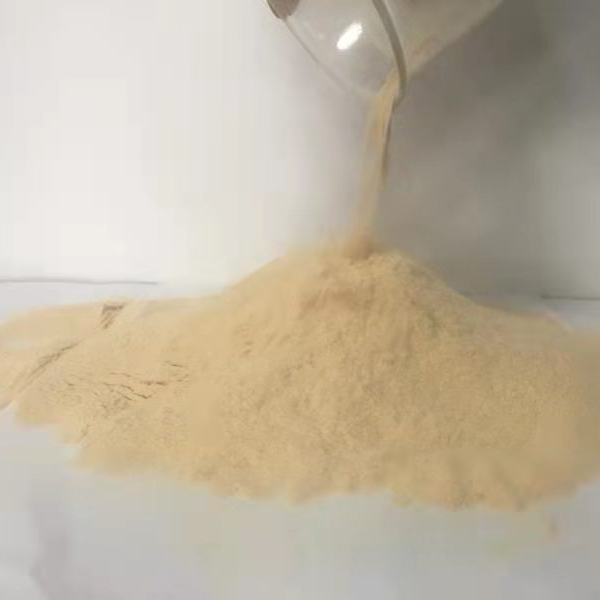
News
Lis . 11, 2024 10:54 Back to list
high quality chelating agent for mercury
High-Quality Chelating Agents for Mercury Removal
Mercury is a toxic heavy metal that poses significant health risks to both environmental and human health. Its industrial applications and subsequent emissions into soil and water have led to widespread contamination. As a result, efficient remediation of mercury pollution has become a critical area of research. One of the most promising approaches involves the use of high-quality chelating agents that can bind to mercury ions, facilitating their removal from contaminated sites. This article explores the characteristics of effective chelating agents and their application in mercury remediation.
Understanding Chelation
Chelation is a chemical process in which a chelating agent forms multiple bonds with a single metal ion, creating a stable, water-soluble complex. These agents are typically organic compounds with multiple functional groups that can coordinate with metal ions. In the case of mercury, effective chelating agents can minimize its bioavailability, thus reducing its toxicity and potential for accumulation in living organisms.
Characteristics of High-Quality Chelating Agents
1. Selectivity A high-quality chelating agent should have a strong affinity for mercury ions while showing minimal interaction with other metals. This selectivity ensures that the agent will effectively bind to mercury without unnecessarily removing essential trace metals from the environment.
2. Stability The stability of the metal-chelate complex is crucial. A stable complex will prevent the mercury from dissociating and re-entering the environment. The stability constant, a measure of how strongly the chelating agent binds the metal ion, is an essential factor in evaluating the efficacy of a chelating agent.
3. Biodegradability Environmentally friendly chelating agents are preferred in remediation efforts. Biodegradable agents reduce the risk of secondary pollution and ensure that the remediation process is sustainable in the long term.
4. Water Solubility High water solubility is vital for facilitating transport in aquatic environments. A chelating agent should easily dissolve in water and form stable complexes that can be extracted or treated effectively.
high quality chelating agent for mercury

5. Safety and Non-toxicity The chelating agent itself should be non-toxic to plants, animals, and humans. This consideration reduces the risk of introducing new hazards into the environment during the remediation process.
Prominent Chelating Agents for Mercury
Several chelating agents have shown promise in binding mercury ions. Some of the most notable include
1. EDTA (Ethylenediaminetetraacetic acid) EDTA is one of the most widely studied chelating agents. Its multiple carboxylate groups allow it to form stable complexes with mercury. However, concern about its environmental impact due to lack of biodegradability has led researchers to seek alternatives.
2. DTPA (Diethylenetriaminepentaacetic acid) DTPA is similar to EDTA but possesses more binding sites, resulting in stronger complex formation with mercury. Its effectiveness in soil and water remediation is widely documented.
3. Thiol-based Chelators (e.g., DMPS and DMSA) Thiol-based compounds are particularly effective in mercury detoxification, forming strong, stable complexes. These agents have shown potential in clinical applications for mercury poisoning as well.
4. Natural Chelating Agents Compounds derived from natural sources, such as citric acid and humic substances, possess eco-friendly profiles. They are biodegradable and can effectively bind to heavy metals, including mercury, making them suitable for green remediation efforts.
Conclusion
The remediation of mercury contamination is a pressing environmental issue that requires effective solutions. High-quality chelating agents represent a promising avenue for facilitating the removal of mercury from polluted sites. By focusing on agents that are selective, stable, biodegradable, and non-toxic, researchers can develop strategies that not only detoxify environments but also protect human health. Continued research and development in this area will be crucial for improving mercury remediation techniques and mitigating the risks associated with mercury exposure.
-
Polyaspartic Acid Salts in Agricultural Fertilizers: A Sustainable Solution
NewsJul.21,2025
-
OEM Chelating Agent Preservative Supplier & Manufacturer High-Quality Customized Solutions
NewsJul.08,2025
-
OEM Potassium Chelating Agent Manufacturer - Custom Potassium Oxalate & Citrate Solutions
NewsJul.08,2025
-
OEM Pentasodium DTPA Chelating Agent Supplier & Manufacturer High Purity & Cost-Effective Solutions
NewsJul.08,2025
-
High-Efficiency Chelated Trace Elements Fertilizer Bulk Supplier & Manufacturer Quotes
NewsJul.07,2025
-
High Quality K Formation for a Chelating Agent – Reliable Manufacturer & Supplier
NewsJul.07,2025
